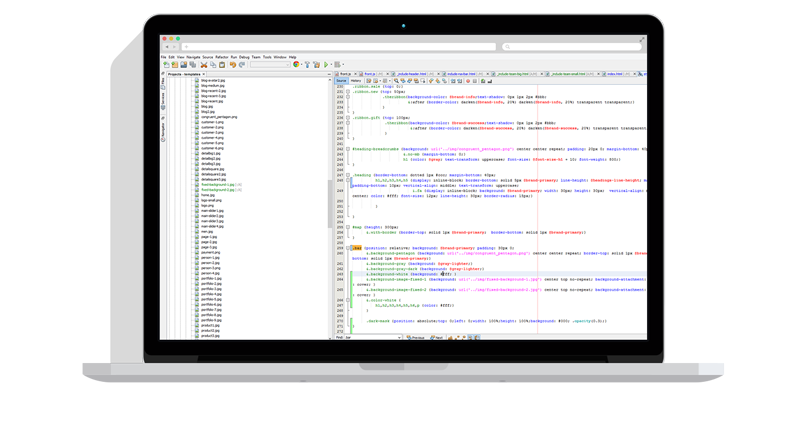Enter search queries below or use the tag links to the right to browse the knowledge base by category (Show All Tags).
What are the trace log and trace window used for?
Both are diagnostic tools for troubleshooting file transfer sessions between Robo-FTP and an FTP site. The messages written to the trace log and trace window are the same and go into more detail than the higher level messages that you see in the script log. For example, raw FTP commands (e.g., LIST, CWD, RETR) and their responses from the server are echoed to the trace log and trace window.
The trace log is a permanent record of session history while the trace window (when optionally displayed) gives you an immediate view of roughly the most recent 5000 lines of history before it wraps on itself and starts over.
The trace log is controlled under the Logging of the configurator and via the TRACELOG script command. The trace window is turned on under the Tools menu and via the TRACEWIN script command.
In Robo-FTP 3.9 and earlier, an additional layer of troubleshooting information for secure SSH and SSL sessions is written to the session log file. The session log is also controlled under the Logging of the configurator and via the SESSIONLOG script command.
See the Help file that was installed with your specific version of Robo-FTP for a detailed description of logging and troubleshooting.
Article last updated: 2021-03-25
Tags: Robo-FTP, Trace Log, Log Files


